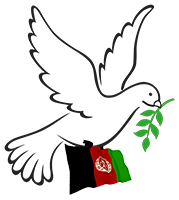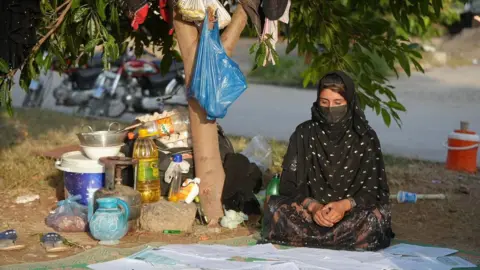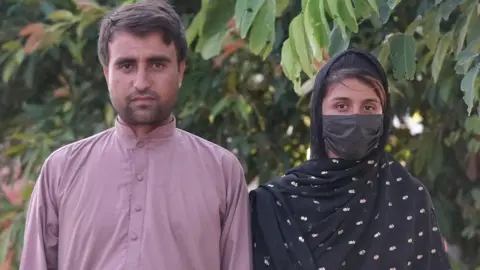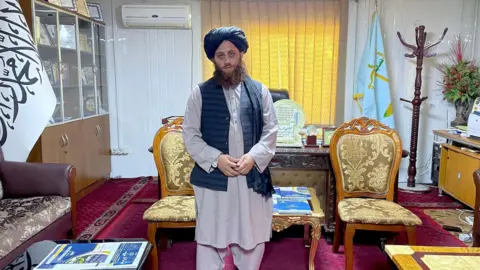Hanafi said that some foreign countries, by deceiving the youth abroad, are trying to stir up regional and ethnic divisions.
Mawlawi Abdul Kabir, the Deputy Prime Minister for Political Affairs, emphasized national unity in a meeting with local officials and elders of Panjshir.
Kabir also said that the Islamic Emirate will not bow to the demands of foreigners.
The deputy prime minister said that there is no discrimination in implementing developmental projects between provinces, and development projects will be equally distributed across all provinces.
Mawlawi Abdul Kabir said: “We must not become the slaves of anyone. We only serve Allah, the Almighty, and adhere only to Islam. We should not accept the demands of foreigners. We must not be swayed by factional, regional, or ethnic propaganda.”
Mohammad Khalid Hanafi, the acting Minister of Vice and Virtue, also spoke at the meeting, saying that the Islamic Emirate is obliged to pay attention to the legitimate demands of the people.
Hanafi said that some foreign countries, by deceiving the youth abroad, are trying to stir up regional and ethnic divisions.
The acting Minister of Vice and Virtue said: “In France and other places in Europe, they are trying to destroy our country from there. They are instigating sectarianism and group divisions. They are deceiving and exploiting our youth.”
Fasihuddin Fitrat, Chief of Staff of the Ministry of Defense of the Islamic Emirate, said: “The Ministry of Defense has spent most of its construction budget in Panjshir to build outposts and centers so that the Mujahideen are removed from the people and their homes.”
The Governor of Panjshir and several local representatives also shared their challenges and demands with officials of the Islamic Emirate.
Mohammad Agha Hakim, the Governor of Panjshir, said: “The leadership of the province and all the people of Panjshir request that the province be included in the second category as an exception.”
“The roads in the districts of Paryan and Dara are completely destroyed. We hope these roads are cleared so people can travel freely,” said Masihullah Mosadeq, a religious scholar.
This comes as Iran’s Ambassador and Special Representative to Afghanistan claimed in an interview with an Iranian media outlet yesterday that ethnic, linguistic, and religious minorities in Afghanistan are facing discrimination.
 Afghanistan Peace Campaign
Afghanistan Peace Campaign





